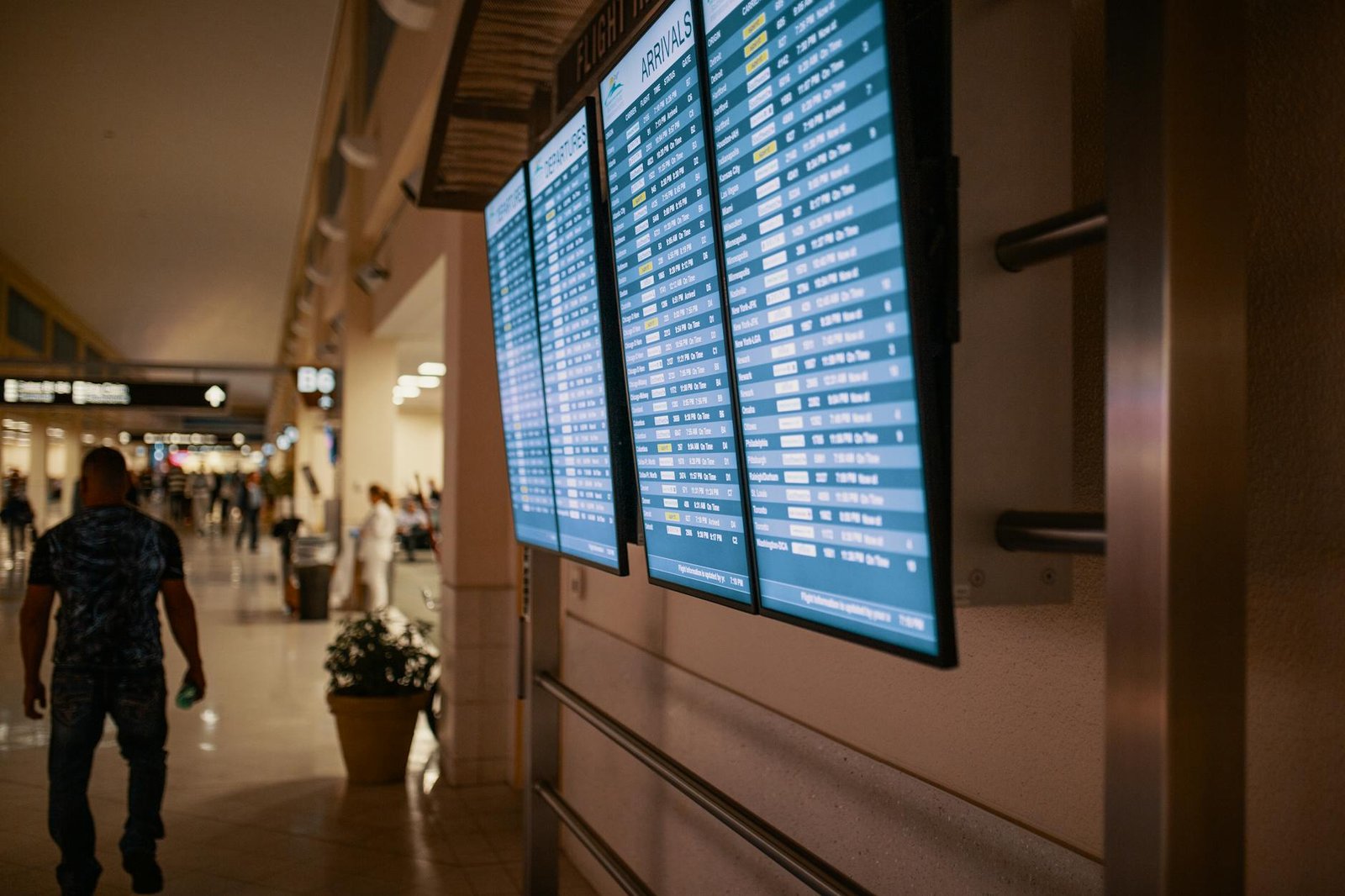Understanding the Importance of Long Flight Survival
Long flights can be a daunting experience, especially when spanning over multiple time zones and lasting several hours. The importance of preparation cannot be overstated, as it directly impacts your comfort, health, and overall travel experience. Proper planning helps mitigate the common challenges associated with long-haul travel, such as jet lag, dehydration, and discomfort.
Relevance of Travel Essentials
Travel essentials play a crucial role in ensuring a smooth and pleasant journey. From comfortable clothing and sleep aids to hydration strategies and entertainment options, the right items can make a significant difference in how you feel during and after the flight. Preparing adequately with the necessary travel essentials ensures you arrive at your destination ready to explore, work, or relax, without the added stress of post-flight fatigue.

Pre-Flight Preparations
Researching Your Flight
Before embarking on your journey, take the time to research your flight details. Understanding the services provided by your airline, the duration of your flight, and any potential layovers can help you plan accordingly. For instance, some airlines offer enhanced entertainment options, extra legroom, or even onboard showers for long-haul flights. Knowing what to expect can help you prepare better and make informed decisions about your travel essentials.
Packing Smart
When it comes to packing for a long flight, being strategic about what goes into your carry-on and checked luggage can save you a lot of hassle. Ensure your carry-on bag includes all the essentials you’ll need during the flight, such as a travel pillow, noise-canceling headphones, snacks, a water bottle, and any medications. Your checked luggage should contain your clothing, toiletries, and other items you won’t need immediate access to. Remember to pack a change of clothes in your carry-on in case of delays or lost luggage.
Choosing the Right Seat
Selecting the right seat can significantly impact your comfort during a long flight. Window seats allow you to rest against the wall and avoid being disturbed by fellow passengers, while aisle seats provide easier access to the restroom and more legroom. If you prefer more space, consider booking an exit row or bulkhead seat. Many airlines allow you to select your seat when booking, so take advantage of this option to enhance your in-flight comfort.
Pre-Flight Health Checks
Prior to your flight, it’s advisable to consult with a healthcare professional, especially if you have any underlying health conditions. Ensure you are up-to-date with any necessary vaccinations and carry a copy of your health records. Discuss any potential health concerns with your doctor, such as deep vein thrombosis (DVT) and ways to prevent it during long flights. Taking these precautions helps ensure you are in good health before your journey.

During the Flight
Staying Comfortable
Comfort is key to surviving a long flight. Wear loose, breathable clothing and comfortable shoes. Consider bringing a travel pillow, blanket, and eye mask to help you relax and sleep. Compression socks can also be beneficial in preventing swelling and improving circulation. Additionally, a good pair of noise-canceling headphones can drown out the ambient noise of the aircraft, allowing you to rest more easily.
Hydration and Nutrition
Staying hydrated is essential during long flights, as the cabin air can be very dry. Drink plenty of water and avoid excessive consumption of alcohol and caffeine, which can dehydrate you further. Bring along healthy snacks such as nuts, fruit, and protein bars to keep your energy levels up. Avoid heavy meals that can make you feel sluggish and uncomfortable.
Sleep Strategies
Getting quality sleep on a long flight can be challenging but not impossible. Establish a sleep routine by setting your watch to your destination’s time zone and trying to sleep according to that schedule. Use a travel pillow and blanket to create a comfortable sleeping environment. If you have trouble sleeping, consider using a sleep aid, but consult with a doctor before taking any medication.
In-Flight Entertainment
Make the most of the in-flight entertainment options provided by the airline. Watch movies, listen to music, or read a book to pass the time. If the airline’s offerings are limited, bring your own entertainment, such as downloaded movies, e-books, or podcasts. Keeping yourself entertained can make the flight feel shorter and more enjoyable.
Managing Jet Lag
Jet lag is a common issue when crossing multiple time zones. To minimize its effects, try to adjust to your destination’s time zone as quickly as possible. Expose yourself to natural light, stay hydrated, and avoid heavy meals close to bedtime. Taking short naps during the flight can also help manage fatigue.

Post-Flight Considerations
Health and Recovery
After a long flight, it’s important to focus on recovery. Stretch your muscles, take a walk, and do some light exercises to improve circulation. Rest as much as needed and stay hydrated. If you experience any discomfort or swelling, seek medical advice promptly.
Adjusting to a New Time Zone
Adapting to a new time zone can take a few days. To speed up the process, expose yourself to natural daylight, follow a regular sleep schedule, and avoid napping during the day. Staying active and eating balanced meals can also help your body adjust more quickly.
Dealing with Baggage Claim
Baggage claim can be a stressful part of post-flight procedures. To ensure a smooth experience, label your luggage clearly and keep your baggage claim ticket handy. In case your luggage is lost or delayed, report it to the airline immediately and provide them with your contact information and a detailed description of your bags.

Additional Tips
Traveling with Children
Traveling with children requires additional preparation. Pack plenty of snacks, toys, and entertainment options to keep them occupied. Bring along comfort items such as a favorite blanket or stuffed animal. Ensure you have all necessary documents, such as passports and vaccination records, and be prepared for any emergencies.
Safety and Security
Keep your belongings safe by using a secure travel bag and keeping important items such as passports and money in a hidden pouch. Be aware of your surroundings and follow airline safety protocols. Familiarize yourself with the location of emergency exits and listen to the safety briefing at the start of the flight.
Traveling with Pets
If you’re traveling with pets, ensure they are comfortable and safe throughout the journey. Use a well-ventilated carrier and provide them with food, water, and comfort items. Check the airline’s pet policy and make necessary arrangements in advance.
Maximizing Frequent Flyer Benefits
Take advantage of frequent flyer programs to earn and use points for upgrades, free flights, and other benefits. Sign up for loyalty programs with the airlines you frequently travel with and use a rewards credit card to accumulate points faster. Being a loyal customer can also provide you with additional perks such as priority boarding and access to airport lounges.









Leave a Reply